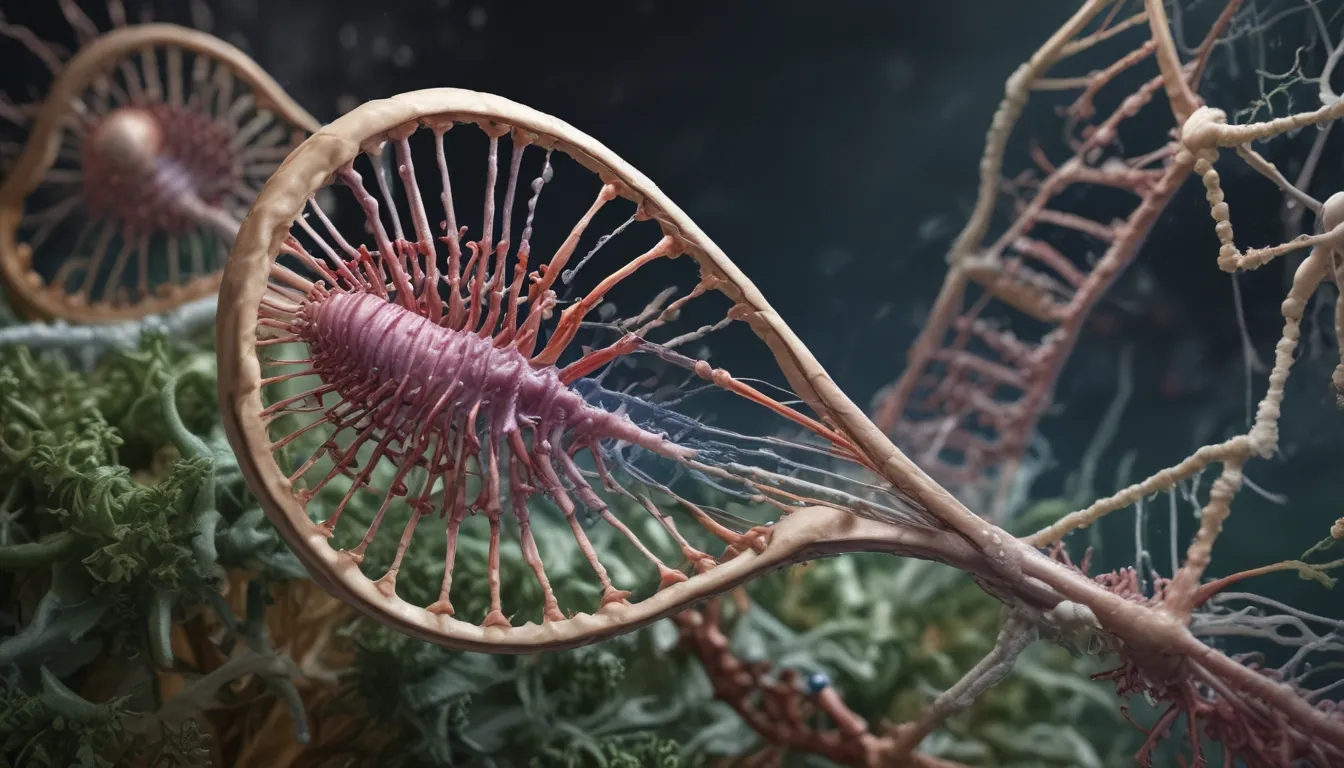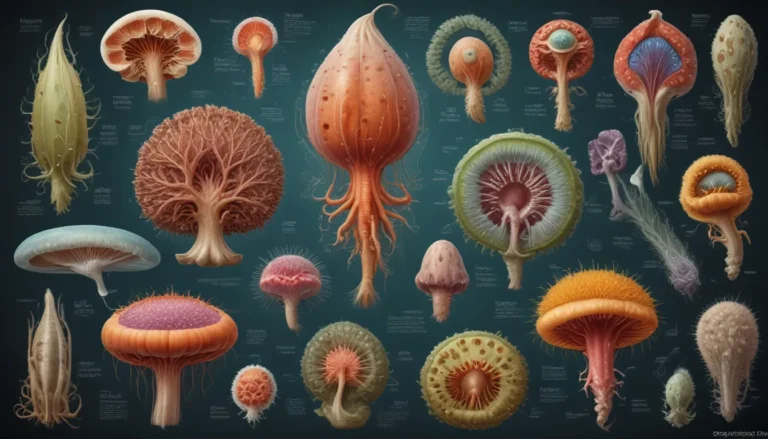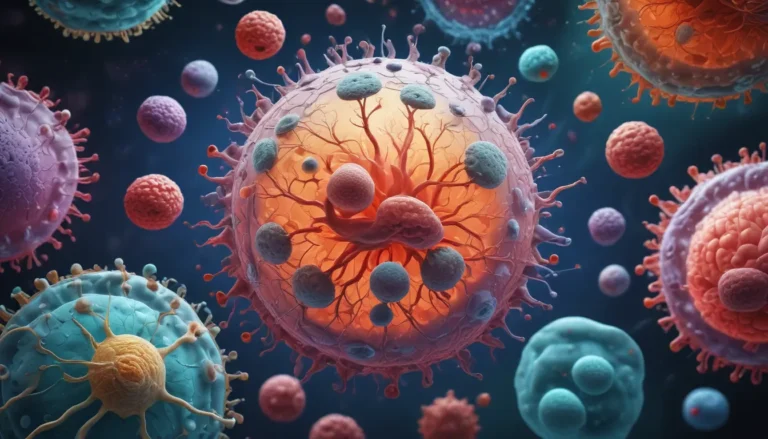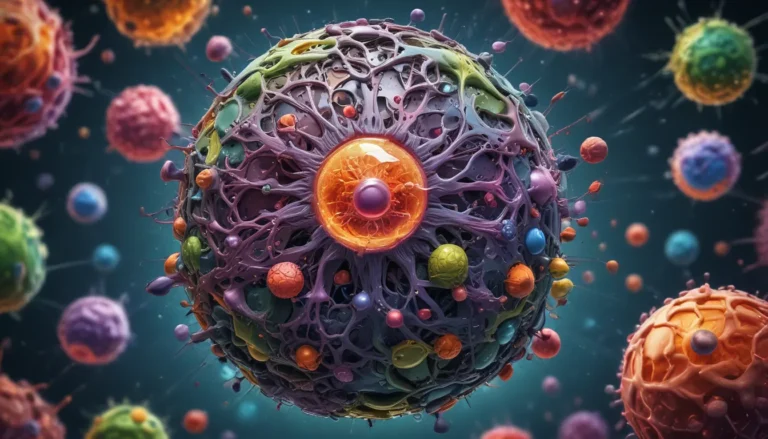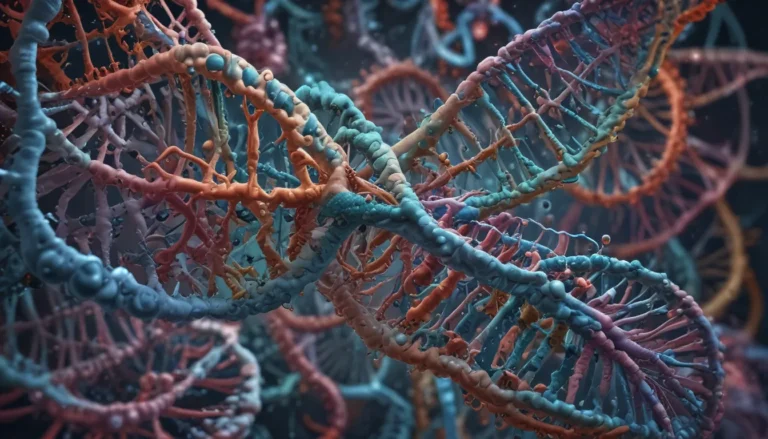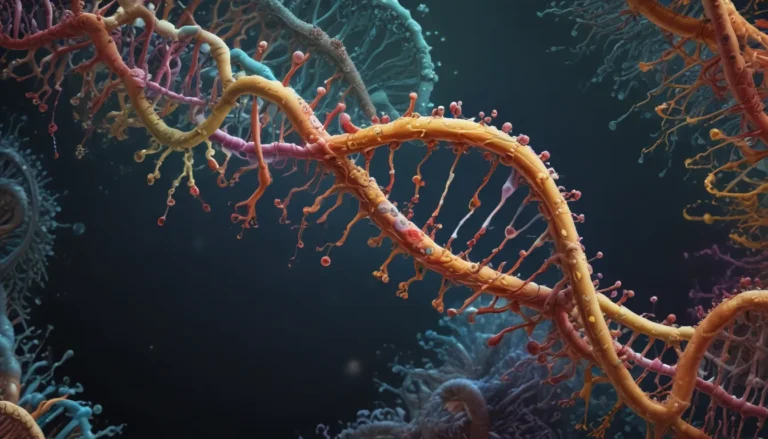A Note About Images: The images used in our articles are for illustration purposes only and may not exactly match the content. They are meant to engage readers, but the text should be relied upon for accurate information.
Are you ready to embark on a fascinating journey into the realm of gene editing? Gene editing, powered by groundbreaking technologies like CRISPR-Cas9, has the potential to revolutionize biology as we know it. This innovative tool, inspired by the defense mechanism of bacteria against viruses, empowers scientists to make precise modifications to an organism’s DNA with unmatched accuracy and efficiency.
Join us as we dive deep into the world of gene editing and uncover 15 intriguing facts about CRISPR-Cas9. Whether you’re a biology enthusiast, a curious student, or simply interested in the latest scientific advancements, this exploration promises to be both educational and inspirational. Let’s unravel the mysteries of gene editing together and discover its game-changing implications for the future.
Unveiling the Power of Gene Editing
Gene editing, particularly through techniques like CRISPR-Cas9, has completely transformed the landscape of biotechnology. Scientists can now manipulate and edit genes with unparalleled precision, offering a myriad of possibilities in various fields.
The Revolutionary Technology of CRISPR-Cas9
CRISPR-Cas9 stands out as a powerful tool in the realm of gene editing. This cutting-edge technology enables researchers to target specific segments of DNA and make precise modifications, opening doors to new avenues for treating genetic diseases and enhancing biological processes.
Paving the Way for a Healthier Future
One of the most promising aspects of gene editing is its potential to cure genetic diseases. By correcting or disabling faulty genes, scientists aim to eradicate conditions like cystic fibrosis, sickle cell anemia, and Huntington’s disease, offering hope for a healthier future.
From Nature’s Inspiration to Scientific Innovation
The origin of CRISPR-Cas9 lies in a bacterial defense mechanism that allows bacteria to recognize and target specific viral DNA. This natural inspiration has paved the way for a revolutionary gene editing technique that has captured the imagination of scientists worldwide.
Exploring the Diverse Applications of Gene Editing
Gene editing goes beyond human health and extends its reach into various realms, including agriculture and environmental conservation.
Agricultural Advancements Through Gene Editing
Gene editing techniques are being leveraged in agricultural practices to develop crops that are resilient to pests, diseases, and adverse environmental conditions. The goal is to enhance food production while reducing dependence on harmful pesticides.
Modifying the Traits of Living Organisms
Gene editing offers the tantalizing prospect of altering the characteristics of living organisms to meet specific needs. Whether it’s enhancing crop yields or creating disease-resistant livestock, this technology holds immense potential in shaping the traits of various organisms.
Beyond Humans and Animals: Gene Editing in Diverse Realms
The scope of gene editing extends beyond humans and animals to encompass plants, bacteria, and other microorganisms. Scientists are leveraging gene editing techniques in a wide range of fields, from agriculture to medicine, driving advancements and innovations.
Ethical Considerations and Future Possibilities of Gene Editing
As with any groundbreaking technology, gene editing raises ethical concerns that must be carefully addressed.
Contemplating Ethical Dilemmas
The ability to manipulate the genetic makeup of living organisms has sparked debates on the ethical implications of gene editing. Questions surrounding topics like designer babies and genetic enhancement underscore the need for thoughtful consideration and regulation.
Rethinking the Aging Process
Gene editing isn’t just about curing diseases; it also holds the potential to reverse the effects of aging. Scientists are exploring the use of gene editing to extend healthy lifespans and usher in a new era of longevity.
The Ongoing Evolution of CRISPR-Cas9
CRISPR-Cas9 continues to evolve and improve, with scientists and researchers working tirelessly to refine its capabilities. This ongoing innovation unlocks new possibilities for gene editing and its diverse applications.
Embracing the Future of Gene Editing
In conclusion, gene editing, especially through technologies like CRISPR-Cas9, is poised to reshape the realms of biology and medicine. This groundbreaking technique allows scientists to manipulate, insert, or remove specific sections of genetic code, promising breakthroughs in gene therapy, agriculture, and conservation efforts.
As we’ve delved into these 15 fascinating facts about gene editing, we’ve witnessed the extraordinary precision, speed, and efficiency that this technology offers in altering DNA sequences. With continuous advancements and ongoing research, gene editing holds the promise of transforming genetic diseases, enhancing crop yields, and combating invasive species.
While the ethical considerations and potential misuses of gene editing require careful scrutiny, the impact of altering genetic compositions demands thorough evaluation before widespread implementation.
Frequently Asked Questions
- What is gene editing?
-
Gene editing allows scientists to modify the DNA sequences of organisms by targeting specific genetic codes for manipulation, removal, or insertion.
-
What is CRISPR-Cas9?
-
CRISPR-Cas9 is a gene editing tool that utilizes a bacterial defense mechanism to precisely cut and modify DNA sequences, revolutionizing the field of gene editing with its efficiency and simplicity.
-
What are the potential applications of gene editing?
-
Gene editing holds the potential for an array of applications, from treating genetic diseases to enhancing crop yield and resistance, and even eradicating invasive species.
-
Are there ethical concerns surrounding gene editing?
- Yes, gene editing raises ethical concerns, especially regarding the possibility of misuse and unintended consequences. Establishing robust regulations and considering the implications are crucial for responsible and ethical use of this technology.
The realm of gene editing is brimming with possibilities, yet there is still much to uncover. Dive deeper into the intricacies of CRISPR, explore the astonishing facts of molecular biology, or delve into the captivating world of gene editing. Each topic offers unique insights into the past, present, and promising future of this revolutionary technology. Whether you’re a novice seeker of knowledge or a seasoned scientist, continue your journey of discovery and prepare to be astounded by what lies ahead in these transformative fields.
We Value Your Feedback
Our dedication to providing authentic and engaging content guides every aspect of our work. Each fact shared on our platform comes from real users like you, contributing a diverse array of insights and information. Through meticulous editorial review, we ensure that the facts we present are not only captivating but also grounded in credibility. Trust our commitment to excellence and authenticity as you explore, learn, and grow with us.
